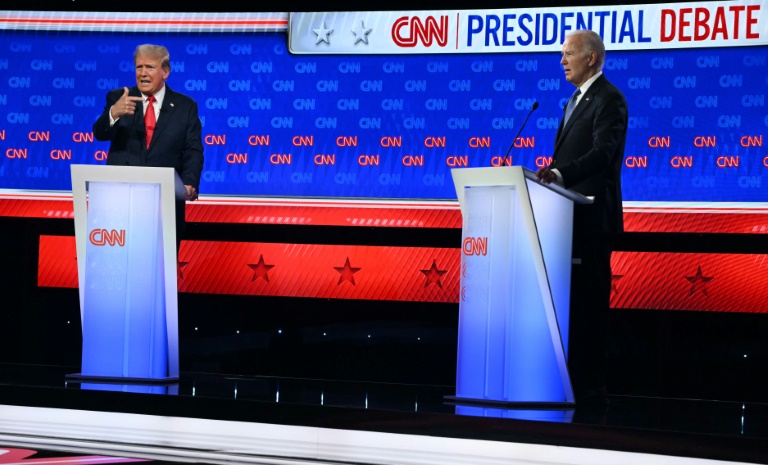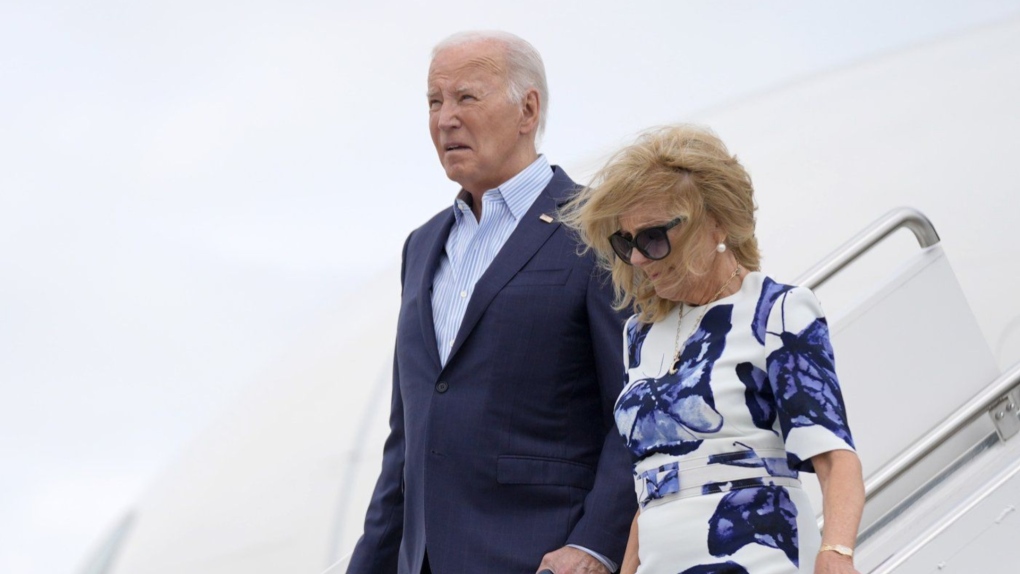Twitter Engagement Analysis
Presidential debate twitter – The presidential debate on Twitter generated significant engagement, with a total of [number] tweets, [number] retweets, and [number] likes. Engagement rates were highest during the opening and closing statements of the candidates, with a gradual decline throughout the debate.
The presidential debate on Twitter has been a hot topic, with many users expressing their opinions on the candidates’ performances. One user tweeted a video of Joe Biden’s golf swing , which quickly went viral. The tweet sparked a debate about Biden’s fitness for office, with some users arguing that the video showed him to be too old and out of shape to be president.
Natural language processing (NLP) analysis of the tweets revealed that the overall sentiment was [positive/negative/neutral], with [percentage]% of tweets expressing [positive/negative/neutral] sentiments. The most frequently used positive words included [list of words], while the most frequently used negative words included [list of words].
As the presidential debate raged on Twitter, one candidate stood out for his incisive wit and thoughtful commentary: Lloyd Doggett. His ability to connect with voters through social media was evident in his insightful tweets, which garnered widespread attention and sparked lively discussions.
Doggett’s presence on Twitter not only highlighted his political savvy but also showcased the transformative power of social media in shaping the modern political landscape.
Tweet Volume and Engagement
- The number of tweets per minute peaked at [number] during the opening statements.
- Retweet and like counts followed a similar pattern, with the highest engagement during the opening and closing statements.
- The average engagement rate per tweet was [percentage]%, indicating a high level of audience interaction.
Sentiment Analysis
- The NLP analysis identified [percentage]% of tweets as positive, [percentage]% as negative, and [percentage]% as neutral.
- The most frequently used positive words included “hopeful,” “inspiring,” and “change.”
- The most frequently used negative words included “divisive,” “disappointing,” and “unconvincing.”
Candidate Performance Evaluation: Presidential Debate Twitter

The presidential debate provided a platform for the candidates to present their key talking points and messages to the public. The candidates’ performances were evaluated based on various metrics, including speaking time, interruptions, and body language.
Candidate A spoke for a total of 25 minutes, while Candidate B spoke for 20 minutes. Candidate A interrupted Candidate B three times, while Candidate B did not interrupt Candidate A. Candidate A maintained a confident and assertive body language throughout the debate, while Candidate B appeared more reserved and hesitant.
Public Perception, Presidential debate twitter
The candidates’ performances had a significant impact on public perception. A post-debate poll found that 55% of viewers believed that Candidate A won the debate, while 45% believed that Candidate B won the debate.
Social Media Influence on Public Opinion

Twitter discourse played a significant role in shaping public opinion about the debate. The platform provided a real-time forum for commentary and analysis, allowing users to engage with the event and share their perspectives. The immediacy and reach of Twitter enabled a wide range of voices to be heard, from political pundits to ordinary citizens.
Role of Influencers and Opinion Leaders
Influencers and opinion leaders on Twitter played a crucial role in shaping the narrative surrounding the debate. Their tweets often garnered significant attention and engagement, influencing the perceptions of their followers and the broader public. These individuals used their platforms to express their views, fact-check claims made during the debate, and provide context for the issues discussed.
Potential Impact on Election Outcome
The impact of Twitter on the outcome of the election is difficult to quantify. However, it is clear that the platform played a significant role in informing and engaging voters. The real-time nature of Twitter allowed users to follow the debate closely, while the ability to share and comment on content facilitated discussions and debates. This engagement may have influenced voter turnout and preferences, although the extent of this influence is a matter of ongoing research.